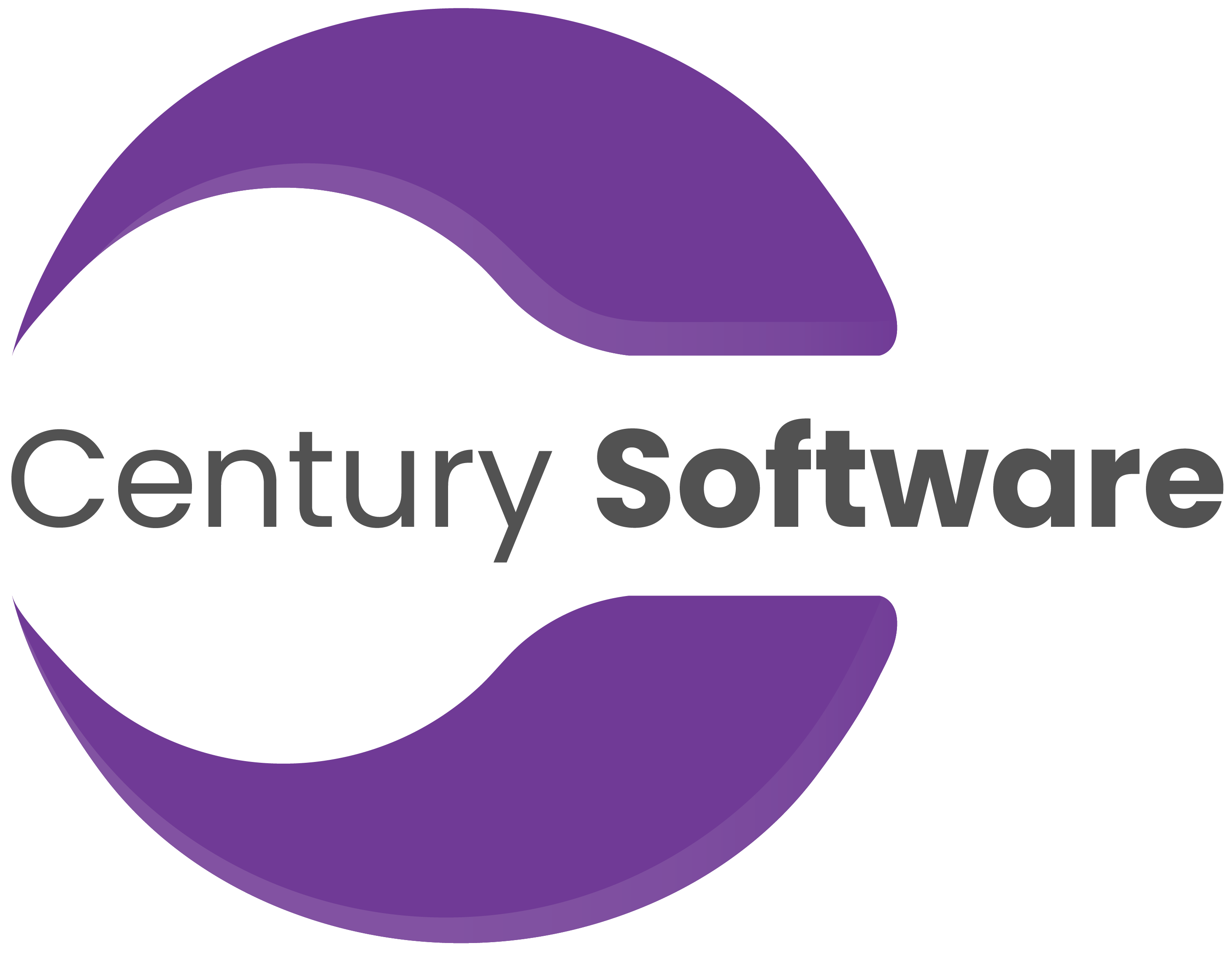Ultimate Guide to Budget Forecasting Software for Financial Planning
Budget Forecasting in Financial Planning
Budget forecasting is the process of predicting future financial outcomes based on historical data, current trends, and anticipated changes. It involves estimating revenues, expenses, and cash flows over a specified period, typically a fiscal year. The importance of budget forecasting in financial planning cannot be overstated, as it allows organizations to anticipate potential financial challenges, identify opportunities for growth, and make informed decisions to achieve their financial goals.
By projecting future revenues and expenses, budget forecasting enables organizations to allocate resources effectively, prioritize investments, and establish realistic financial targets. It also provides a framework for monitoring financial performance, evaluating the effectiveness of financial strategies, and making adjustments as needed to ensure financial stability and success. Ultimately, budget forecasting serves as a vital tool for guiding financial decision-making and driving sustainable growth and profitability.
Key concepts and principles of budget forecasting
Key concepts and principles of budget forecasting form the foundation for effective financial planning and decision-making within organizations. These include:
Historical Data Analysis: Budget forecasting relies on analyzing historical financial data to identify trends, patterns, and seasonality. By understanding past performance, organizations can make more accurate predictions about future revenues, expenses, and cash flows.
Revenue Projections: Forecasting future revenues involves estimating income from sales, services, investments, and other sources. Revenue projections are based on factors such as market demand, pricing strategies, customer behavior, and economic conditions.
Expense Estimation: Estimating future expenses entails forecasting costs associated with operations, production, marketing, personnel, and overhead. Expense projections consider factors such as inflation, changes in supplier prices, regulatory requirements, and planned investments.
Cash Flow Forecasting: Cash flow forecasting predicts the timing and amount of cash inflows and outflows over a specified period. It helps organizations anticipate liquidity needs, manage working capital, and avoid cash shortages or excesses.
Assumptions and Variables: Budget forecasts are built on various assumptions and variables that influence financial outcomes. These may include assumptions about sales growth, market conditions, interest rates, exchange rates, inflation, and government policies.
Scenario Planning: Scenario planning involves creating multiple forecasts based on different assumptions or scenarios. This allows organizations to assess the impact of various factors and develop contingency plans to mitigate risks and capitalize on opportunities.
Accuracy and Precision: Budget forecasts should strive for accuracy and precision to ensure they reflect realistic expectations of future financial performance. Regular monitoring and adjustment of forecasts based on actual results and changing conditions help improve their accuracy over time.
Continuous Improvement: Budget forecasting is an iterative process that requires ongoing review, refinement, and improvement. By incorporating feedback, updating assumptions, and learning from past experiences, organizations can enhance the effectiveness of their forecasting practices and achieve better financial outcomes.
Overall, understanding these key concepts and principles of budget forecasting is crucial for organizations to develop reliable forecasts, make informed decisions, and achieve their financial goals.
Benefits of budget forecasting software for organizations
Budget forecasting software offers numerous benefits for organizations across industries, serving as a valuable tool for business budget planning, decision-making, and performance management. Some of the key benefits include:
Financial Planning: Budget forecasting software provides organizations with a roadmap for managing their finances effectively. By projecting future revenues, expenses, and cash flows, organizations can set realistic financial goals, allocate resources efficiently, and prioritize investments to achieve long-term objectives.
Resource Allocation: With accurate budget forecasts, organizations can allocate resources strategically to support critical business activities and initiatives. By aligning resources with priorities and anticipated needs, organizations can optimize operational efficiency and maximize the return on investment.
Performance Measurement: Budget forecasts serve as benchmarks for evaluating actual financial performance against planned targets. By comparing forecasted figures with actual results, organizations can identify variances, analyze underlying causes, and take corrective actions to improve performance and achieve desired outcomes.
Decision-Making: Informed decision-making is facilitated by budget forecasting, as it provides stakeholders with reliable information and insights into future financial trends and outcomes. Whether it’s evaluating investment opportunities, pricing strategies, or cost-saving initiatives, organizations can make data-driven decisions to support business growth and profitability.
Goal Setting: Budget forecasting software helps organizations set realistic and achievable financial goals based on their strategic objectives and market conditions. By defining clear targets and milestones, organizations can track progress, stay focused, and motivate employees to work towards common objectives.
Cash Flow Management: Effective cash flow management is essential for the financial health and sustainability of organizations. Budget forecasting allows organizations to anticipate cash inflows and outflows, plan for liquidity needs, and ensure sufficient funds are available to meet operational obligations and investment requirements.
Continuous Improvement: Budget forecasting is an iterative process that encourages continuous learning and improvement. By reviewing past performance, refining assumptions, and incorporating feedback, organizations can enhance the accuracy and reliability of their forecasts over time, driving continuous improvement in financial planning and management practices.
Strategic Alignment: Budget forecasting software helps align financial plans with organizational strategies and objectives. By ensuring that financial resources are allocated in line with strategic priorities and market opportunities, organizations can enhance their competitiveness, adapt to changing market conditions, and achieve sustainable growth in the long run.
Thus, budget forecasting software plays a critical role in supporting organizational success by enabling effective financial planning, resource allocation, risk management, decision-making, and performance measurement. By leveraging the benefits of budget forecasting software, organizations can navigate uncertainties, seize opportunities, and achieve their financial goals with confidence.
Features and Functionality of Budget Forecasting Software
Budget forecasting software offers a range of features and functionality designed to streamline the financial planning process and enhance decision-making within organizations. Some of the key features and functionality include:
Data Import and Integration: Budget forecasting software allows users to import financial data from various sources, including accounting systems, ERP (Enterprise Resource Planning) software, spreadsheets, and databases. Integration capabilities enable seamless data exchange and synchronization, ensuring accuracy and consistency in budget forecasts.
Forecasting Models and Algorithms: Budget forecasting software provides users with a variety of forecasting models and algorithms to choose from, including time-series analysis, regression analysis, exponential smoothing, and machine learning techniques. Users can select the most appropriate model for their specific needs and customize parameters to refine forecast accuracy.
Scenario Planning: Budget forecasting software allows users to create multiple scenarios based on different assumptions and variables. By exploring various scenarios, users can assess the potential impact of different factors on financial outcomes and develop contingency plans to mitigate risks and capitalize on opportunities.
Collaborative Planning: Budget forecasting software supports collaborative planning by enabling multiple users to collaborate on budget forecasts in real-time. Features such as shared workspaces, commenting, and version control facilitate communication and alignment among stakeholders, ensuring transparency and accountability in the planning process.
What-If Analysis: Budget forecasting software enables users to conduct what-if analysis to explore the potential impact of changes in key variables or assumptions on budget forecasts. By adjusting parameters and scenarios, users can assess the sensitivity of forecasts to changes in factors such as sales volume, pricing, and cost structure.
Automated Reporting and Visualization: Budget forecasting software automates the generation of reports and visualizations to communicate forecast results effectively. Users can create customizable dashboards, charts, and graphs to present forecast data in a clear and actionable format, enabling stakeholders to make informed decisions based on insights.
Budget Allocation and Tracking: Budget forecasting software facilitates budget allocation and tracking by allowing users to set budget targets, allocate resources, and monitor spending against budgeted amounts. Features such as budget variance analysis and alerts help users identify discrepancies and take corrective actions to stay on track with financial goals.
Thus, the features and functionality of budget forecasting software empower organizations to streamline financial planning processes, improve forecast accuracy, and make data-driven decisions to achieve their financial goals with confidence.

Best Practices for Budget Forecasting
While the best budget forecasting software provides powerful tools for financial planning, it’s essential to follow best practices to maximize its effectiveness. These include establishing clear goals and objectives, involving key stakeholders in the forecasting process, using historical data and predictive analytics for accuracy, monitoring and adjusting forecasts regularly, assessing organizational readiness for implementation, integrating with existing financial systems, providing training and support for users, and fostering a culture of continuous improvement.
Future Trends in Budget Forecasting Software
As technology continues to evolve, the future of budget forecasting software holds exciting possibilities. Emerging trends such as the integration of artificial intelligence (AI) and machine learning (ML) capabilities, enhanced business process automation and predictive analytics, cloud-based deployment models, and vertical-specific solutions tailored to the unique needs of industries are shaping the future of budget forecasting software. By staying abreast of these trends, organizations can future-proof their financial planning processes and stay ahead of the curve.
Leverage the Leading Budget Forecasting Software
Century Software stands out as a leading provider of budget forecasting software, offering cutting-edge solutions designed to meet the diverse needs of modern organizations. With its robust features and functionality, Century Software empowers organizations to streamline financial planning processes, improve forecast accuracy, and make data-driven decisions with confidence. By leveraging Century Software’s budget forecasting tools, businesses can gain a competitive edge, drive growth, and achieve their financial goals more effectively.
Moreover, Century Software’s commitment to continuous innovation, customer satisfaction, and industry expertise makes it a trusted partner for organizations seeking to optimize their financial planning processes and navigate the complexities of the modern business landscape. As organizations embark on their journey towards better financial management and strategic decision-making, Century Software remains a reliable ally, providing the tools and support needed to succeed in today’s dynamic market environment. Get in touch with Century Software.
Conclusion
In conclusion, budget forecasting software is a powerful tool for financial planning, enabling organizations to anticipate future financial outcomes, make informed decisions, and achieve their financial goals with confidence. By understanding the key features, benefits, and best practices of budget forecasting software, organizations can harness its full potential to drive business growth and success in today’s competitive business landscape.

